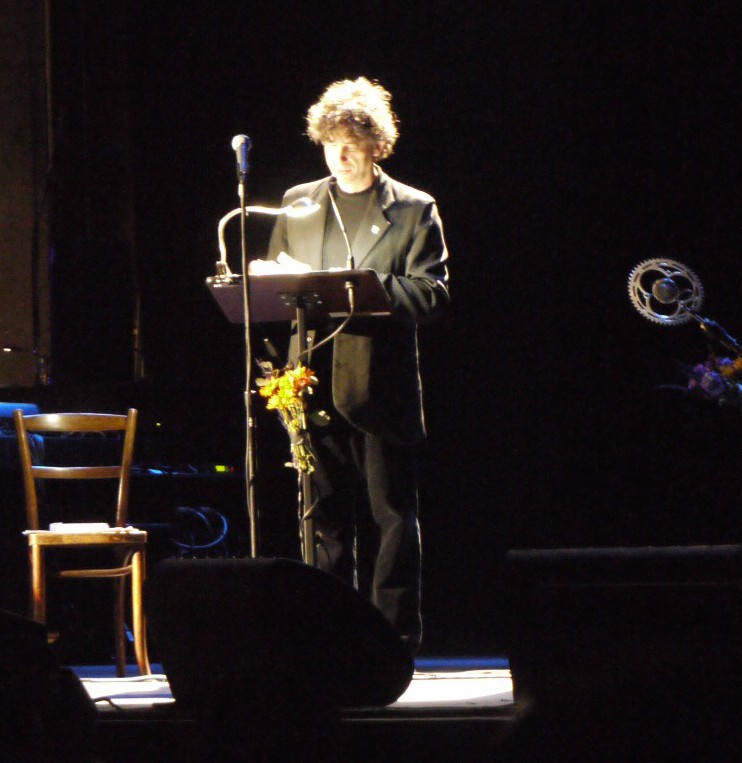Another sign that things are not as bleak as they seem. The soundtrack to Black Friday, Anurag Kashyap’s second film ( technically speaking, his first, because the first film he made is….well, let me put it this way, if I am really lucky, I might just get to see it before my grandson is born) has just been released. The film itself will be in theatres on Jan 28th, and there are plans to make it a five-episode TV series after it has completed its theatrical run.( Information courtesy rediff) Pretty good, I must say, especially if there is a well-packaged DVD release in the offing.
And why is it a good thing that the soundtrack has been released? Because the score is composed by this group of gentlemen who call themselves Indian Ocean. Yes, Yes, Yessssss. The CD is priced at 195 INR, I have already bought it, yes, and the first three tracks are original songs ( though the third song, I suspect, is a redone track from their first album ), and the rest are instrumentals. Paresh Kamath, lead guitarist of 90’s bands WitchHammer and Krysys, plays the electric guitar on the album, and boss, let me tell you, an Indian Ocean song takes on a different dimension altogether when the electric guitar kicks in.
The lyrics to the songs are by Piyush Mishra, and it took me quite sometime to figure out whether the lines have a communal edge. Apparently they do not.
I haven’t listened to the instrumentals as yet, but the fact that it’s not just the standard IO-lineup ( vocals, acoustic guitar, bass, tabla and drums is augmented with the saxophone, recorder, the electric guitar. Thankfully no electronica) makes me very gung-ho about the pieces I shall shortly hear.
Find of the Day: the score of Bulworth, by Ennio Morricone. Bulworth was a political comedy of the late nineties which I remember solely because of the Pras D/Wyclef Jean song “Ghetto Superstar” that aired on DD2 for some time, and which, I later found out, was a reworking of the Bee Gees track “Islands In the Stream”. The movie soundtrack features the track I mentioned above, and loads of hip hop tracks by the likes of Dr. Dre, Public Enemy, Ice Cube, and the Black Eyed Peas ( I didn’t even know the Black-Eyed Peas were *this* old). However, the score, the one I bought, has two tracks, each spanning 20 minutes, and with music composed by Il Maestro, and with vocals by Edda Del’Orso, the lady with the operatic vocals in the Once Upon A Time In America and other Morricone tracks. The best part, I got this CD for just 125 INR. Yeah, baby!
* * *
Woo hoo. Last Friday (which I have christened White Friday, just to make up the snazzy title of the post), I found and bought my first Takashi Miike movies. Audition and One Missed Call. Also bought DVDs of House of Flying Daggers, Hero(finally!), Ghost in the Shell 2: Innocence and 2046. Picked up a DVD of Lagaan which turned out to have a seventeen-minute long deleted scene.
* * *
Certain people I know turned out to be right, after all. Francois Ozon’s See The Sea ( Regarde le Mer) was really good. A film with a screentime of less than 50 minutes! The DVD had a bonus short film by Ozon called Summer Dress, which has this outrageous sequence featuring two guys doing you-know-what with someone singing a French version of “Bang, Bang, My Baby Shot Me Down”. Though I didn’t like Sitcom too much. Ozon’s Swimming Pool is up next, most likely this weekend.
